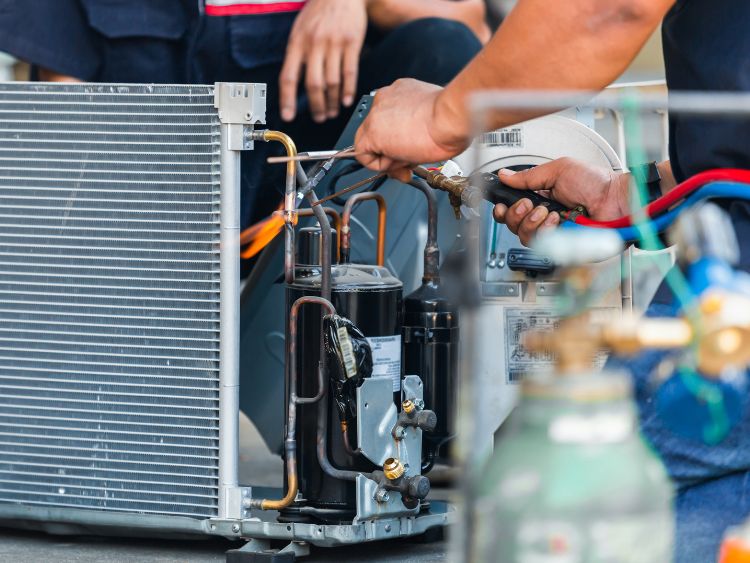Alright, let’s dive into the electrifying world of automotive electrical systems. You’re cruising down the highway, tunes blasting, air conditioning at the perfect chill level, when suddenly—zap!—something goes wrong. Your dashboard lights up like a Christmas tree, or worse, your car just decides to throw in the towel. Before you start fretting about being stranded or the potential hole in your wallet, let’s unpack the essentials of electrical repair for cars. This guide’s designed to shed some light (pun intended) on the often intimidating maze of wires, fuses, and circuits that keep your ride running smoothly.
Why Electrical Repair for Cars Isn’t as Daunting as You Think
Electrical issues in cars can range from the frustratingly simple, like a blown fuse, to the head-scratchingly complex, like a short in the wiring harness. But fear not! With a bit of knowledge, some basic tools, and a dash of patience, you’ll be navigating these electrical waters like a seasoned captain.
What Sparks the Need for Electrical Repair?
- Dead Battery: The classic culprit. It’s either old, drained, or just plain kaput.
- Faulty Alternator: If your battery’s in good shape but still not holding a charge, the alternator might be the traitor.
- Blown Fuse: These little guys are the first line of defense against electrical overload. When they blow, something’s up.
- Wiring Woes: Wires fray, get nibbled by rodents, or just succumb to the elements.
- Malfunctioning Sensors: Modern cars are packed with sensors, and when they go haywire, so does your car’s performance.
The Tools of the Trade
Before we venture further, let’s gear up. Here’s what you’ll need in your electrical repair toolkit:
- Multimeter: Your electrical detective tool.
- Wire strippers: For those times you need to get to the heart of the wire.
- Electrical tape: Because sometimes, all you need is a good wrap.
- Circuit tester: For when you need to know what’s hot and what’s not.
- A good flashlight: Because peering into the dark corners of your car is a given.
Navigating the Circuit: Step-by-Step Guide to Diagnosing Electrical Issues
- Start with the Battery: Check its charge and connections. A weak battery is often the root of many electrical problems.
- Inspect the Fuses: A blown fuse is a tale-tell sign of an electrical circuit overload or short.
- Check the Alternator: Ensure it’s charging the battery correctly. An undercharging or overcharging alternator spells trouble.
- Wiring Inspection: Look for signs of wear, tear, or rodent damage. Exposed wires are an open invitation to electrical gremlins.
- Sensor Check: Use a code reader to diagnose sensor and computer issues. Sometimes the fix is as simple as resetting the system.
FAQs: Your Burning Questions Answered
Q: How can I prevent electrical issues in my car? A: Regular maintenance is key. Keep an eye on battery health, ensure your alternator is functioning correctly, and inspect your car’s wiring periodically for any signs of wear or damage.
Q: Can I tackle electrical repairs on my own? A: Absolutely! With some basic tools and a careful approach, many electrical issues are within the realm of a DIY fix. However, when in doubt, consult a professional.
Q: How often should I check my car’s electrical system? A: A good rule of thumb is to give your car’s electrical system a once-over during your annual maintenance check-up. But, if you notice anything off (weird noises, flickering lights), it’s time for a check-up.
Summary
Electrical repair for cars doesn’t have to be a journey into the unknown. With a bit of knowledge and the right tools, you can tackle many common issues head-on, ensuring your ride remains reliable, safe, and ready for the road. Remember, staying proactive about maintenance and being vigilant about the signs of electrical problems can save you time and money down the line. So, don’t let the complex world of automotive electrical systems intimidate you. Embrace the challenge, and you’ll find that electrical repairs are not just manageable but deeply satisfying. Safe travels and happy repairing!




